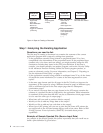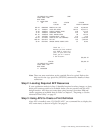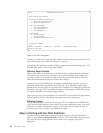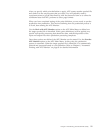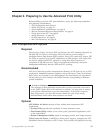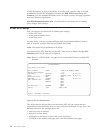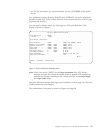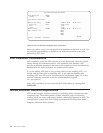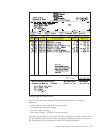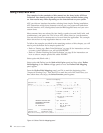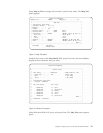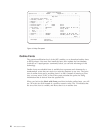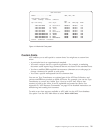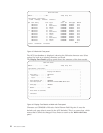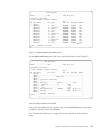
When you define a copy, you can specify print attributes at this level as well. You
can override print attributes or default to the attributes specified at the print
definition or APU level.
Font Installation Considerations
APU installation loads the APU software on to the iSeries and creates the QAPU
library. During the installation process, APU builds the font database. APU
provides a standard interface to the fonts on the system and must synchronize its
database with the actual fonts that are resident on the system.
If you are adding AFP fonts to your system while you are installing APU, you
should load the fonts prior to installing APU. If you add font libraries after
installing APU, you will need to synchronize the font database again. To do this,
issue the following command to run the synchronization program:
call qapu/qypusync
After APU is installed, you can access the APU Main Menu by entering GO
QAPU/APU.
Review Document Resource Requirements
APU creates complex electronic documents, combining many elements into each
completed page. The building blocks of these electronic pages are electronic
overlays, fonts, bar codes, and images (that are called page segments in AFP). The
example below, output from an invoicing application for the Super Sun Seeds
Company, illustrates those elements:
Set Print Definition Attributes
Print Definition . . : SUPER2
Library . .....: QAPU
Type choices, press Enter.
Default font family . . *APUDFT *APUDFT, Value F4 for List
Point size ..... *CALC *CALC, Value
Bold ........ 1=Yes
Italic . . . . . . . 1=Yes
Default Color..... *APUDFT *APUDFT, Value F4 for List
Addl. resource libs. . Name
Name
Name
Name
Bottom
F3=Exit F4=Prompt F12=Cancel
Figure 8. Set Print Definition Attributes panel (Continued)
16 APU User’s Guide



